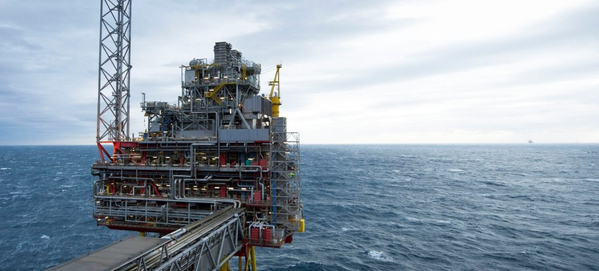
Norway's oil industry must harness digital technology and foster deeper partnerships across the sector to contain rising costs, Petoro, which manages the government's stakes in the country's offshore fields, said on Thursday.
Executives of oil companies including Norway's Equinor have pledged to keep costs in check despite oil prices rising since the downturn of 2014-2016.
Ahead of that downturn, Petoro had repeatedly warned about rising costs in the oil industry.
They have since declined as companies sped up drilling, simplified projects and renegotiated supplier prices, but Petoro warned that costs are creeping higher again as oil prices and activity levels increase.
"There are signs that certain costs could be on the rise. This is reason for concern," Petoro's Chief Executive Grethe Moen said in a statement presenting the company's third-quarter results.
So far cost increases in the oil industry have mainly related to U.S. onshore production, which has suffered transportation bottlenecks, and the harsh-environment offshore drilling segment, where supply of high-spec rigs has tightened.
"When we look at our production, we see a marginal increase in costs in 2018. It seems that we reached the (costs) bottom in 2017," Petoro's Chief Financial Officer Jonny Maeland told Reuters.
He said there were no particular items driving the rise, but the increase was across the board.
Petoro's production costs were still very low, averaging around $4 per barrel, while costs measured in Norwegian crowns were down by about 25 percent compared to 2014, Maeland added.
However the company, which accounts for about 25 percent of all oil and gas production on the Norwegian continental shelf, was concerned about the change in the trend.
Maeland said it was hard for companies to find easy ways to cut costs further after two or three years of reductions, though technological advances could help.
"Digitalization could be one of the things that could be a game changer for costs, but it's too early to say," he added.
Petoro said there was no lack of digital tools, but the failure to share basic data between operators, partners and suppliers was a challenge.
A new cost spiral could hit oil companies' profitability and reduce appetite for developing new projects in costlier areas, such as the Arctic, an important region for Norway.
Norway estimates that about two-thirds of yet to be discovered oil and gas resources on the Norwegian continental shelf is located in the Barents Sea.
Norway's largest oil and gas firm Equinor, which cut annual costs by $4.5 billion between 2013 and 2017, said about 80 percent relied on structural changes, while 20 percent were market related and could be reversed when activity picks up.
(Reuters, Reporting by Nerijus Adomaitis)